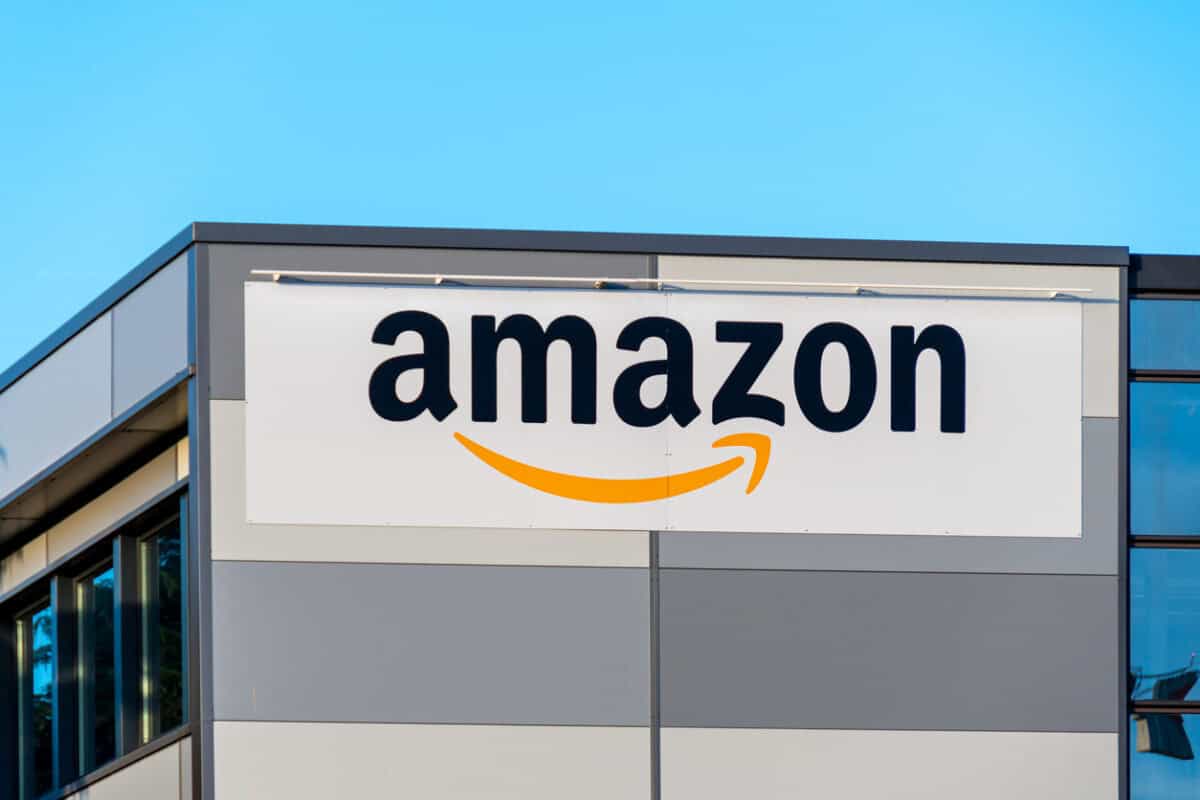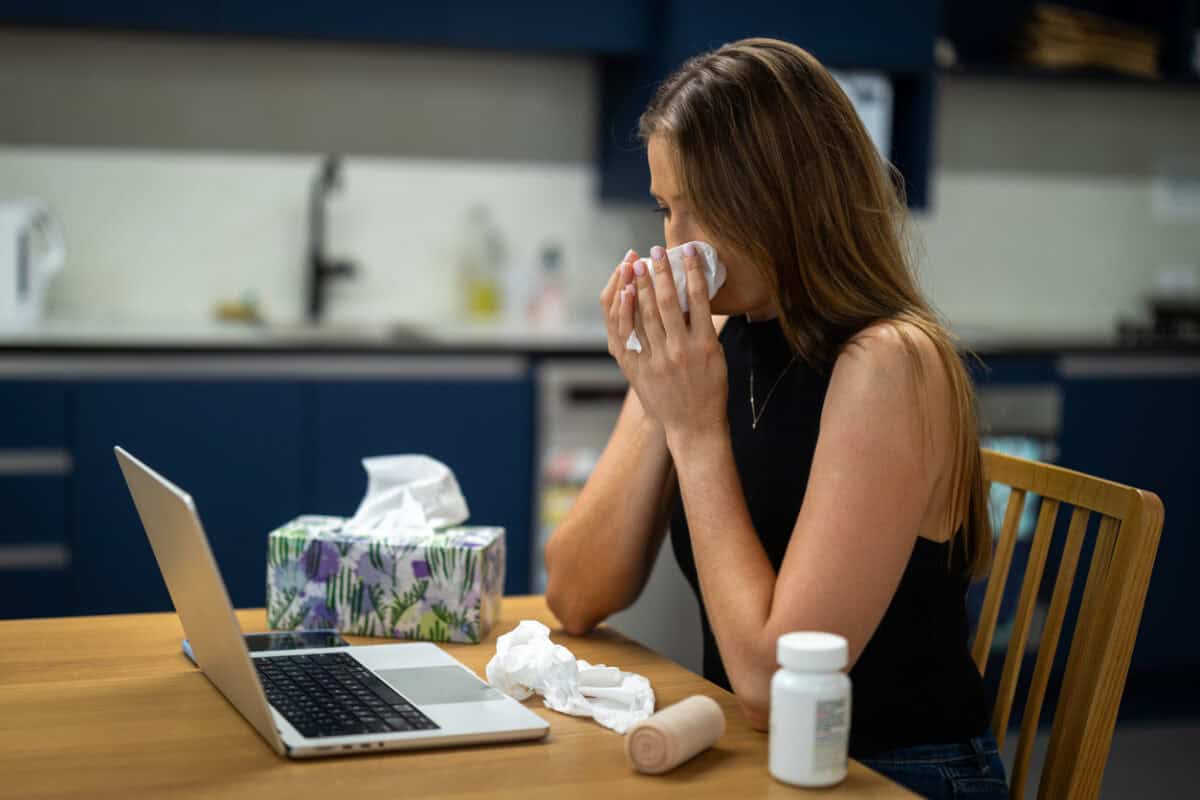The political upheavals in the United States and the changes to corporate ideologies are concerning, primarily because of the potential infection of other nations. Businesses are not as globally connected as much of the media coverage implies. Still, Australian businesses watch the actions of global companies, and Amazon has been prominent in workplace and occupational health and safety (OHS) practices.
Recently, the US Senate Labor Committee released a damning report into Amazon’s high workplace injury rates, which includes important information for similar industries in local jurisdictions.







